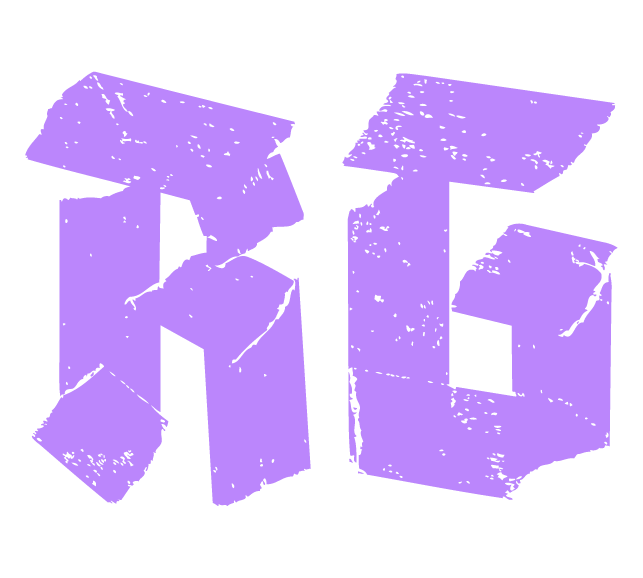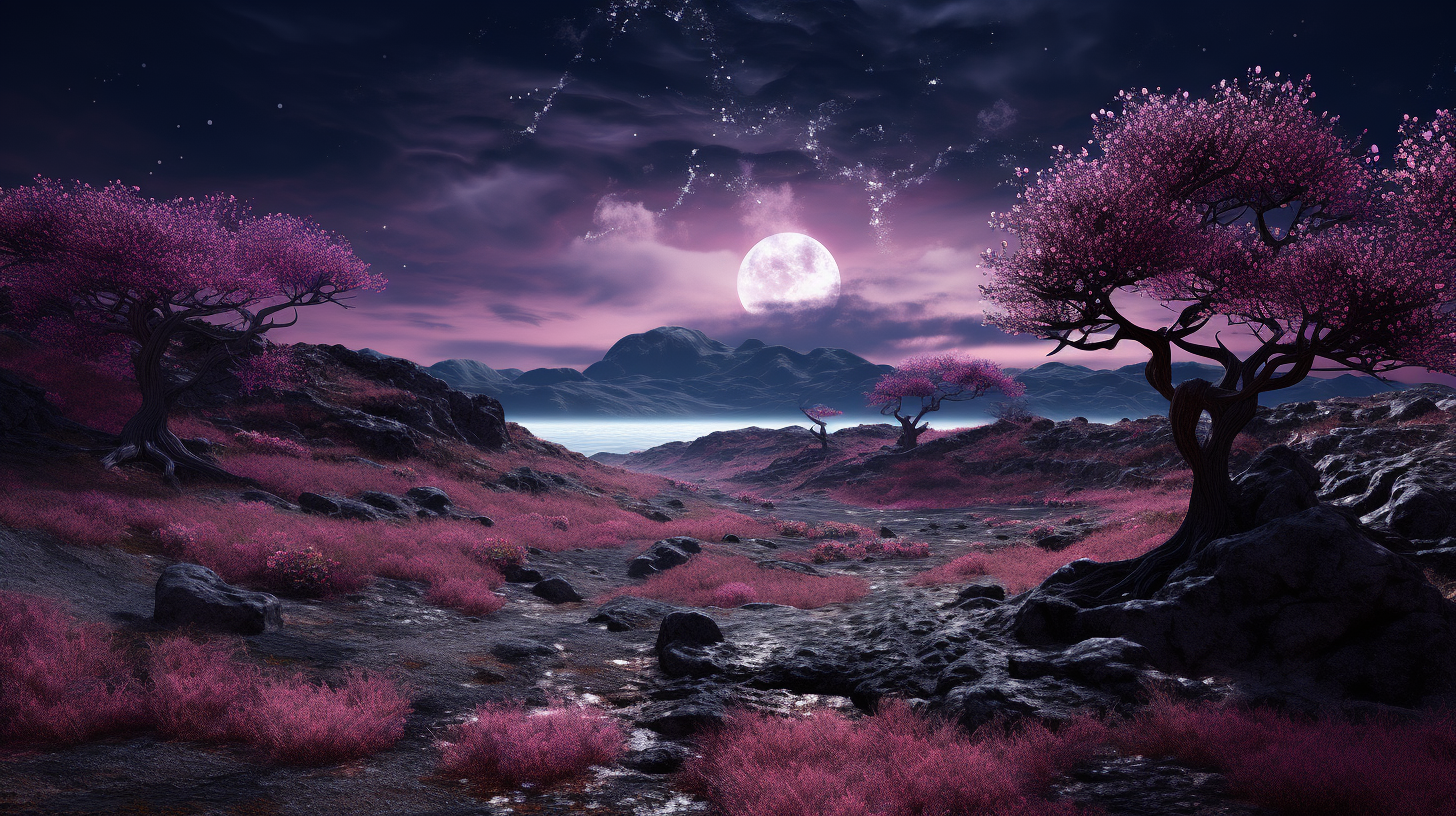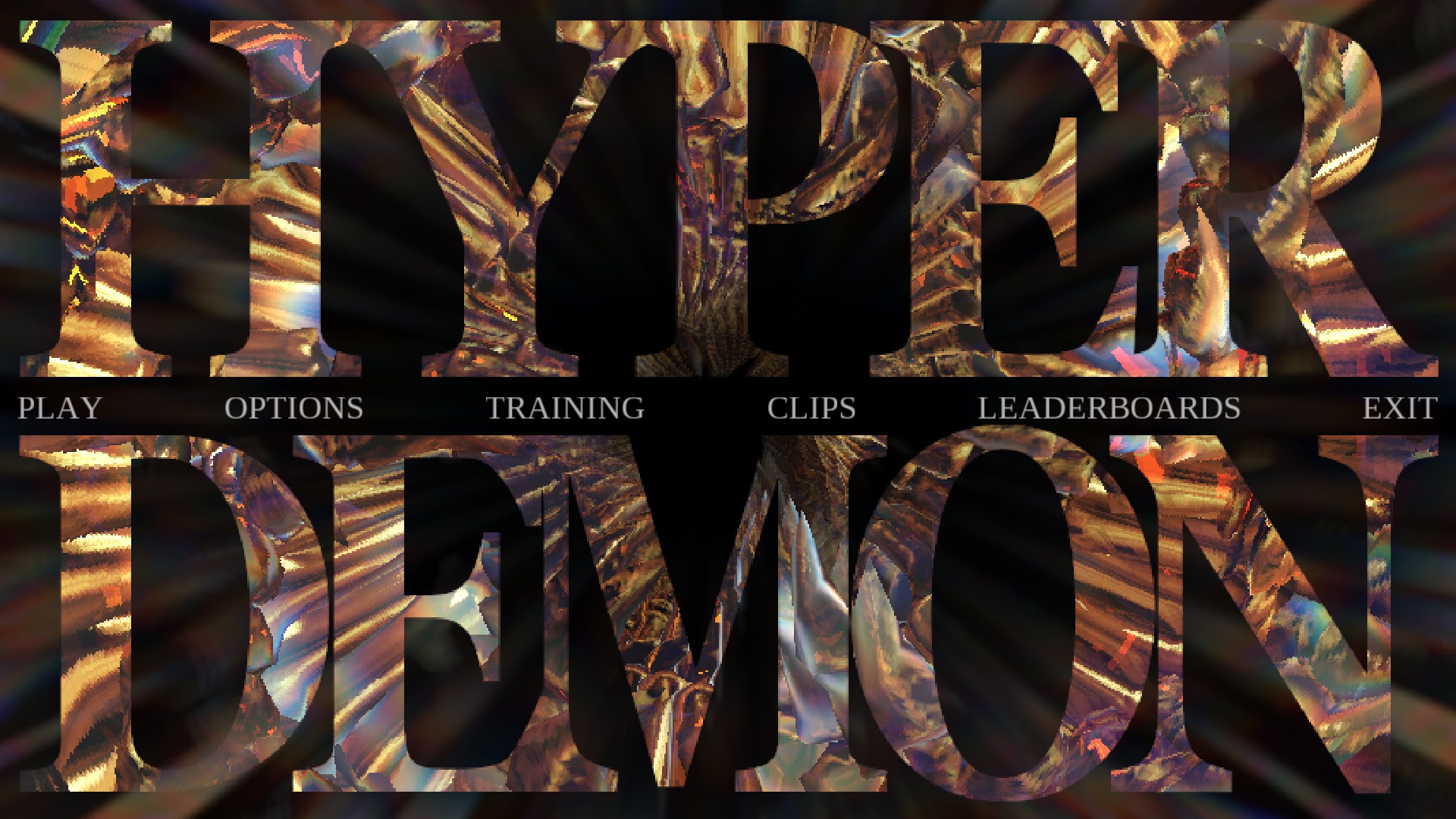This essay was submitted on canvas by the deliverable due date – I’m reposting this essay to my blog today so that it is publicly available.
The Looming Impact of AI on Creative Industries
The last two years have seen a monumental shift in the tools available to creatives, with the public releases of generative AI systems such as Midjourney, DALLE-2 and ChatGPT. These systems allow users to interact with, and prompt neural networks to receive personalized responses in the form of either static images or text. However, with the wide range of possibilities that these systems offer there are ever growing concerns regarding unethical applications of these technologies, legality and copyright, and job security for creatives in the workforce. Despite these legitimate concerns, I would argue that rather than fearing their place within the workforce, designers should embrace and integrate these systems into their workflows as tools to improve productivity and support their creative decisions.
Within an article published on LinkedIn by Tobin Thomas, a senior creative visualizer and team lead at ProImprint – a promotional product manufacturing company – titled “Artificial intelligence in the creative industries”, Thomas argues that “Artificial intelligence (AI) is playing an increasingly important role in the creative sector” (Thomas, 2023) and provides various key advantages of incorporating it into a creative’s pipeline. Firstly, Thomas argues that AI can speed up the creative process and reduce costs by automating monotonous tasks, “allowing artists and designers to focus on [the] innovative and creative work” (Thomas, 2023). Additionally, he argues that AI can help designers generate and explore new ideas by supporting them in the creative process; providing examples such as having these systems suggest “color palettes, composition options, and design elements that artists may not have considered before” (Thomas, 2023).
Furthermore, generative AI has recently made its way into web platforms such as Wix and Squarespace, along with web development plugins such as Elementor. Focusing on its implementation within Elementor’s tool suite, users are able to input prompts to support their design process when it comes to improving and generating copy for their pages or generating HTML and CSS code blocks. Although one can argue that the drag-and-drop nature of Elementor and its addition of an AI assistant can replace the need of a front-end web designer, the fundamental understanding of design theory and the nuances of these languages are still required to arrive at the best possible outcome. As such, I would once again argue that rather fearing these features will replace a designer, they should be viewed as tools to support those with whom already have the foundational knowledge within this field; while also reducing the barrier of entry for creating complex website and web pages.
Despite the powerful applications of generative AI, creatives and designers must now add a new skill to their toolbelts – effective AI prompt generation (also known as prompt engineering). Within an article published on the Harvard Business Review, David De Cremer, Nicola Morini Bianzino, and Ben Falk discuss “How Generative AI Could Disrupt Creative Work”. Within this article, they argue that in order to prepare for the impacts of generative AI within the creative sphere, individuals must “Get comfortable talking to AI” (De Cremer et al., 2023). They describe AI as a “partner in intellectual endeavours” which will increasingly augment our own human intelligence. As such, they propose it’s important to begin experimenting with generative AI tools to develop prompt engineering skills; arguing it will become a “prerequisite skill for creative workers in the decade to come” as “Knowledge workers [] will need to learn how to best prompt the machine with instructions to perform their work.”
Drawing from personal experience, I am also a strong proponent of incorporating AI tools in the creative pipeline. Within my freelance career, I would work with musical artists to create cover arts for their singles and albums. This process begins with discussing the vision they have for their cover art, the mood, the imagery, and themes they wish to display. As I lack a foundational skillset in photography, I would be required to browse various websites for stock images to use as a foundation. However, the images on these websites may not have always fit the design brief. Although we would sometimes come across the perfect image to use; more often than not, we would need to settle with on image that fits the vision closely enough and manipulate it as best as possible. With the introduction of generative AI image creation, I am now able to input prompts in Midjourney, experiment and refine ideas until the system outputs the perfect starting – base – image for the cover art I am working on. Once more, this doesn’t completely remove me, the designer, from the process as these images must still be manipulated and typography must still be added to achieve the final result; however, the overall time it takes to complete a project has been drastically reduced while the resulting cover art more closely fits the client and I’s vision.
Another personal example of generative AI improving my pipeline can be drawn from a recent website rebuild project I completed. In this project, the client had a functional, well-designed existing WordPress website representing their Greek food manufacturing company. Unfortunately, the were no longer in contact with the original creator of their site, and upon close inspection of the website’s back-end, it was a complete mess with dozens of unknown plugins and pages being with multiple website builder extensions. Overall, making any changes to its pages felt seemed impossible, and we were worried that one wrong move would break the entire site. Ultimately, my point of contact for this project was the son of the company’s owners – who was technologically literate, however, not necessarily well versed in front-end web development. His request was for me to do something about their website, so that he can easily log in and make simple changes to the copy and text content of its pages. As such, I had offered to rebuild their website from the ground up using Elementor – as it would allow him to make simple text edits – while copying the existing layout one-to-one.
Throughout the development process, I used ChatGPT and the Photoshop Beta generative fill feature to not only speed up, but improve my workflow. Firstly, the client had various product images, a majority of which were perfect squares – this was great for keeping the layout of the product pages consistent; however, some of these images were rectangular. Once such image was a photo of their “Greek Lemon Roasted Potatoes”. Within seconds, I was able to open this image in Photoshop, make the canvas a perfect square, select the empty top and bottom portions of the image and input the following prompts: “complete the top of this image” and “complete the bottom of this image”. I’ll include photos of the results below.




Another page on their website had text-card carousels containing the information of 90+ distributors that carry their products. I need to recreate these through monotonous data entry; and rather than trying to dig through the website’s spaghetti-code like setup, I simply went to the page containing the carrousels, viewed the page source and copied the raw HTML containing all the location names, addresses and phone numbers. Unfortunately, I now needed to parse the text and extrapolate all the relevant information, while removing all the surrounding HTML tags. Using chat GPT, I pasted the entire “dataset” into the prompt field and requested it removes all HTML tags and formats each bit of relevant data onto its own line (which would then allow me to quickly copy and paste each bit by triple-clicking rather than highlighting portions of text). Miraculously, it output exactly what I was looking for and saved me what would have been hours of draining work.
Undoubtedly, the introduction of generative AI will disrupt creative work as we currently know it, and certainly comes with its slew of problems. In an article published on Medium by Abhishek Mishra – an author who focuses on topics surrounding AI and computer science – titled “The Future of AI in Creative Industries: Opportunities and Challenges”, Mishra states suggest the following challenges: ethical concerns, impact on jobs, lack of human creativity, dependence on technology and intellectual property issues (Mishra, 2023). I would agree with the majority of these points and argue they are valid criticisms of the technology. Within a peer reviewed article/white paper published in “Science (American Association for the Advancement of Science)” titled “Art and the science of generative AI: A deeper dive”, Ziv Epstein and collaborators touch upon the impact of generative AI on the information environment. Here, they state that there is a “potential for explicitly faked photorealistic imagery or plausible-sounding audio” (Epstein et al., 2023). As an example, I’ve come across various advertisements that use deepfake technology to create celebrity endorsements of products or businesses – for example, YouTube advertisements containing Ryan Reynolds promoting a BC based marijuana company. This alone is an unethical application of AI, however, deepfakes combined with generative AI can be used for with more sinister applications such as the Elon Musk cryptocurrency scam videos that circulate YouTube, political disinformation campaigns or creating pornographic content using the faces of unconsenting individuals. Regarding the impact of jobs, Mishra argues in his article that generative AI, with its “potential to automate many routine tasks, [] could lead to job losses for some creative professionals.” (Mishra, 2023). I would argue against this idea and propose that rather than resulting in job losses, creative professionals would instead be forced to adapt to this new landscape of creative work with the assistance of generative AI and modify the workflows they are currently accustomed to. Nonetheless, failure to do so could eventually lead to job loss. Unfortunately, I cannot recall where I had heard this quote, however, in discussion someone had once mentioned “those who do not adapt to the tools of their time will be left behind”. Furthermore, Epstein and colleagues acknowledge that “although these tools may threaten some occupations, they could increase the productivity of others and perhaps create new ones” (Epstein et al., 2023).
In summary, there is no doubt that the last two years have marked the beginning of major changes within our creative industries. The introduction of generative AI systems has begun to disrupt the workflows which artists, computer scientists and designers are accustomed and used to. However, rather than fearing the rapidly evolving landscape surrounding AI and its applications towards creative endeavours I believe we should embrace it and begin to experiment with these new tools. I agree with De Cremer et al., and their sentiments stating that effective prompt generation will become a prerequisite in the decade to come and creatives should begin developing this skillset sooner rather than later. Ultimately, I don’t believe AI will fully replace designers nor artists – instead I believe it will support our works as an personal assistant or companion, resulting in more efficient workflows and pipelines. Its best we accept that the world is changing and adapt to these new tools that will certainly flood the creative markets.
REFERENCES
(citations generated in APA format using ChatGPT – conversation and prompts can be accessed from the following link – https://chat.openai.com/share/b70fe748-3e1b-4854-b92f-241843a5d61d)
- Epstein, Z., Hertzmann, A., & Invest Human Creativity, the Investigators of H. C. (2023). Art and the science of generative AI: Understanding shifts in creative work will help guide AI’s impact on the media ecosystem. Science (American Association for the Advancement of Science), 380(6650), 1110–1111. https://doi.org/10.1126/science.adh4451
- Thomas, T. (2023). Artificial intelligence in the creative industries. Retrieved from https://www.linkedin.com/pulse/artificial-intelligence-creative-industries-tobin-thomas#:~:text=AI%20can%20automate%20many%20of,and%20help%20to%20reduce%20costs
- De Cremer, D., Bianzino, N. M., & Falk, B. (2023). How Generative AI Could Disrupt Creative Work. Harvard Business Review. Retrieved from https://hbr.org/2023/04/how-generative-ai-could-disrupt-creative-work
- Mishra, A. (2023). The Future of AI in Creative Industries: Opportunities and Challenges. Medium. Retrieved from https://medium.com/@abhishekmishra13k/the-future-of-ai-in-creative-industries-opportunities-and-challenges-d1bec830dd3a



